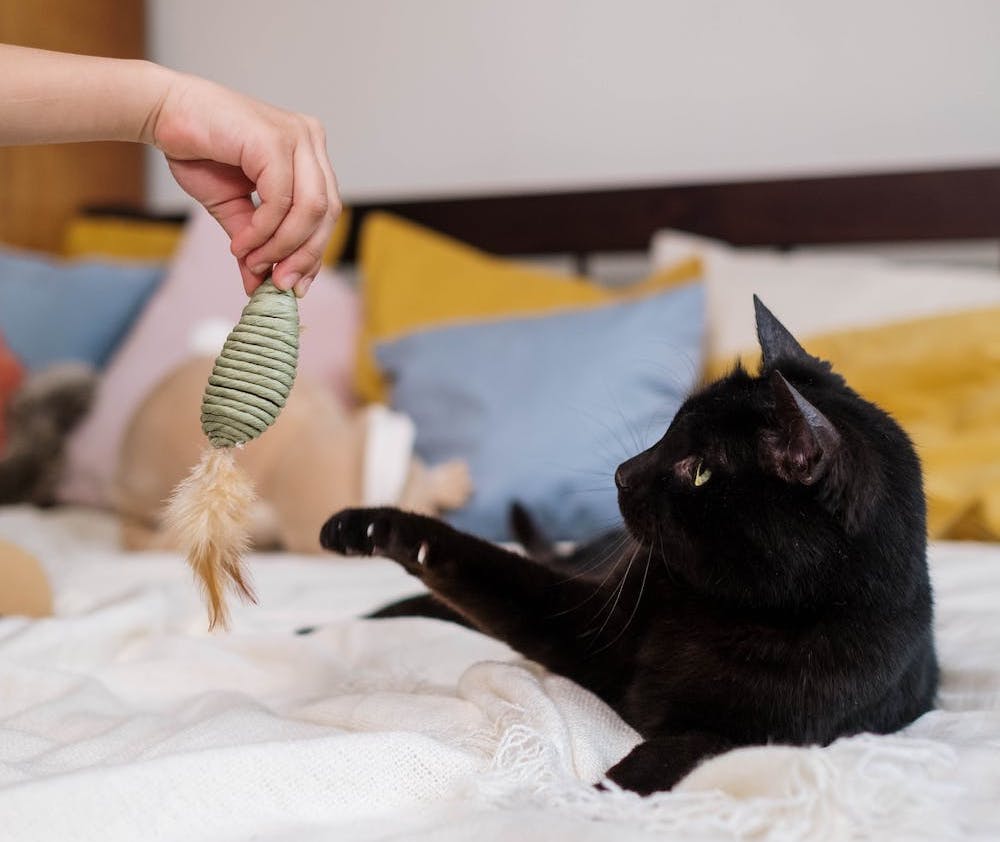With household heating costing hundreds of pounds in gas this winter, data has shown there are more effective ways of keeping your pet warm and happy whilst you’re at work.
Britain is a pet-obsessed nation, with over half (57%) of all households having a share of the nation’s 38 million registered domestic animals.
The increase in hybrid office time and working from home has allowed people to have more time with their pets. However, with 58% of UK employees reportedly required to go back to the office, people are projected to spend hundreds of pounds this winter keeping their animals comfortable in their absence.
According to research from the Energy Saving Trust, over 40% of pet owners confess to leaving their heating on during the day to ensure their pets’ warmth. They also leave the TV and radio on to provide them with company, and even employ cameras to monitor their movements.
JF Heating sought to establish just how much money homeowners will spend on unnecessary energy bills this winter for their pets whilst they are at work.
How much will households spend on keeping their pets comfortable this winter?
| Typical appliances left on for household pets | Energy consumption per appliance (kWh) |
Cost over winter months (£) 7.28 hours per five working days over six months (Oct – Dec) (Jan – Mar) |
| Electric fan heater | 2 | £148.65 |
| Radio | 0.0098 | £2.37 |
| 40 inch TV | 0.0341 | £8.33 |
| Animal monitoring cameras | 0.007 | £1.70 |
| Heating pad for animals | 0.051 | £12.38 |
| TOTAL | 2.1019 | £173.43 |
| Central heating (24kW boiler) | 24 | £444.93 |
| TOTAL (including central heating) | 26.1019 | £618.36 |
The overall cost of appliances being left on for pets over the winter months was an additional £618.36, an average of £103.06 per month.
Electrical appliances have a power rating, usually given in watts (W) or kilowatts (kW), which denotes how much electricity it needs to work. To work out the amount being spent on home alone pets, JF Heating looked at the wattage (W) of notable household features typically left on to keep them comfortable, ranging from central heating to pet monitoring cameras.
If this data is of interest, please be sure to link to JF Heating, who commissioned this content.
The data revealed that to leave central heating on for 7.28 hours per day, five days a week will cost an estimated £444.93, if the property has a standard 24kW boiler. The higher the kW, the more power is consumed and therefore the higher the expenditure on heating bills.
However, keeping central heating on is not the only way to keep pets warm. Using an electric fan heater in a single room where a pet is will save hundreds in the long run. In comparison to the near-£450 bill for central heating, using a modern and efficient electric fan heater will cost just £148.65, a saving of nearly £300 over the winter. To save further, sacrifice the electric fan heater and purchase a heating pad for animals. Similar to an electric blanket, this device is a highly cost-effective way of keeping pets warm, with winter energy consumption of the device at just £12.38.
Money saved on central heating can instead be put towards technology to keep pets calm whilst you’re away, such as playing a radio (£2.37 of electricity usage per winter) or keeping the television on (at an average cost of £8.33 per winter). For peace of mind, pet owners can even install monitoring cameras, which can be WiFi-enabled to remotely keep track of what the animals are up to (just £1.70 per winter of power usage).
James Farquharson of JF Heating said:
“With the UK in the grips of a cost of living crisis, keeping your heating on all day would prove extremely expensive over the long run, especially if it’s just to keep pets warm. Homeowners are better off investing in something like a heating pad, which will save hundreds of pounds a year and considerably reduce carbon footprint too.”

3 Comments